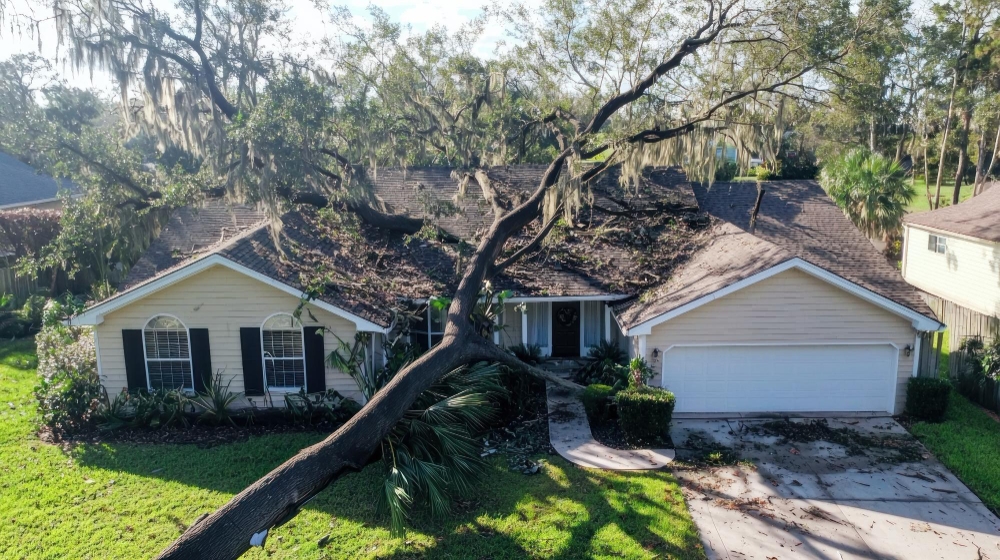
Water has a sneaky way of finding its way into places where it doesn’t belong. And when it does, the damage often isn’t immediate—it’s gradual, compounding, and frequently invisible.
In a state like Maryland, where unpredictable weather and aging infrastructure are part of the landscape, the need for Water Damage Restoration becomes increasingly urgent.
Understanding the long-term effects of Water Damage Restoration in Maryland isn’t just helpful—it’s essential for homeowners who want to protect their property, health, and investment.
The Silent Start: Initial Water Intrusion
Water damage usually begins with a single event—a storm, a burst pipe, a leaking roof, or even a malfunctioning appliance. At first glance, the damage might seem minimal. A wet carpet. A stained ceiling. A few damp floorboards.
But the truth is, once moisture enters your home, the clock starts ticking.
If not handled by professional Water Damage Restoration experts, what starts small can spiral into costly and dangerous damage over time.
Week One: Moisture Settles In
Water seeps into porous materials—drywall, insulation, wood, and fabrics in the first few days. Within 24–48 hours, mold spores can begin to grow in hidden corners. The air starts to feel damp, and musty odors may develop.
Most homeowners might try to mop it up or use a fan, not realizing that water has already penetrated beneath the surface. DIY drying methods can’t reach under floorboards or walls, where moisture quietly lingers.
Month One: Material Deterioration
As the weeks pass without proper Water Damage Restoration, affected materials start to degrade:
- The drywall becomes soft and crumbly.
- Wood warps, swells, and begins to rot.
- Metal surfaces may corrode.
- Insulation becomes ineffective and soggy.
At this stage, cosmetic issues start to turn into structural ones. Wall paint peels. Floorboards buckle. Ceilings sag. And mold is now actively spreading behind walls and under carpets.
In Maryland’s humid climate, this process is even faster and more intense—humidity feeds the decay.
Month Three: Mold Domination
By this point, untreated water damage has opened the door to full-blown mold infestations. Black mold (Stachybotrys chartarum) thrives in moisture-rich environments and can pose severe health risks, especially to children, the elderly, or those with respiratory conditions.
Mold doesn’t just damage materials—it contaminates the air, making it unsafe to breathe. Its spores can travel through your HVAC system, spreading throughout the house.
Water Damage Restoration experts are trained to identify mold growth even in hidden areas and remove it safely using specialized techniques.
Year One: Structural Instability
When water damage is left unaddressed for several months or more, it starts to attack the bones of your home:
- Floor joists weaken.
- Beams rot.
- Foundations may crack due to water infiltration and soil erosion.
This level of damage often requires extensive demolition and reconstruction. What could have been resolved with timely intervention now demands a full-scale renovation.
Even insurance claims become tricky at this point—many policies don’t cover damage due to long-term neglect.
Beyond the Physical: Financial and Emotional Toll
Long-term water damage doesn’t just affect your home—it affects your finances and peace of mind.
- Higher repair costs: The longer the delay, the higher the price tag.
- Decreased property value: Water damage history can reduce resale value or deter buyers entirely.
- Unlivable conditions: In extreme cases, homes may be unsafe to occupy.
- Mental stress: Dealing with constant repairs, inspections, and air quality concerns can take an emotional toll.
In a state like Maryland, where storm damage, basement flooding, and humid air are typical, ignoring early signs of damage can become a homeowner’s worst decision.
The Restoration Solution: Acting Early
The key to avoiding long-term consequences? Acting fast.
Professional Water Damage Restoration services begin with comprehensive water extraction, industrial drying, sanitizing, and rebuilding. Experts use tools like thermal imaging and hygrometers to find hidden moisture, addressing every last drop.
In Water Damage Restoration, local specialists understand the climate and construction styles. They know how to tackle issues specific to older Maryland homes or flood-prone areas like Annapolis, Ellicott City, or the Chesapeake Bay regions.
Prevention: The Best Defense
While not all water damage is avoidable, you can minimize the risk with innovative practices:
- Regularly inspect your roof and gutters.
- Seal foundation cracks and basement windows.
- Install sump pumps and check them often.
- Replace old plumbing and appliances proactively.
- Schedule annual moisture and mold inspections, especially after major storms.
These steps and having a reliable restoration service on speed dial can make the difference between a minor inconvenience and a major catastrophe.
Final Thoughts
Water damage is rarely loud or sudden—it’s usually slow, quiet, and deceptive. The hidden destruction may already be well underway by the time visible signs appear.
But you don’t have to wait for disaster to take action.
With timely, professional Water Damage Restoration in Maryland, you not only preserve the integrity of your Maryland home—you protect your investment, your health, and your future.
Whether you’re dealing with the aftermath of a storm, a leaky pipe, or an overflowing appliance, don’t underestimate the power of water. Trust the experts, act quickly, and let restoration bring your home and peace of mind back to life.


